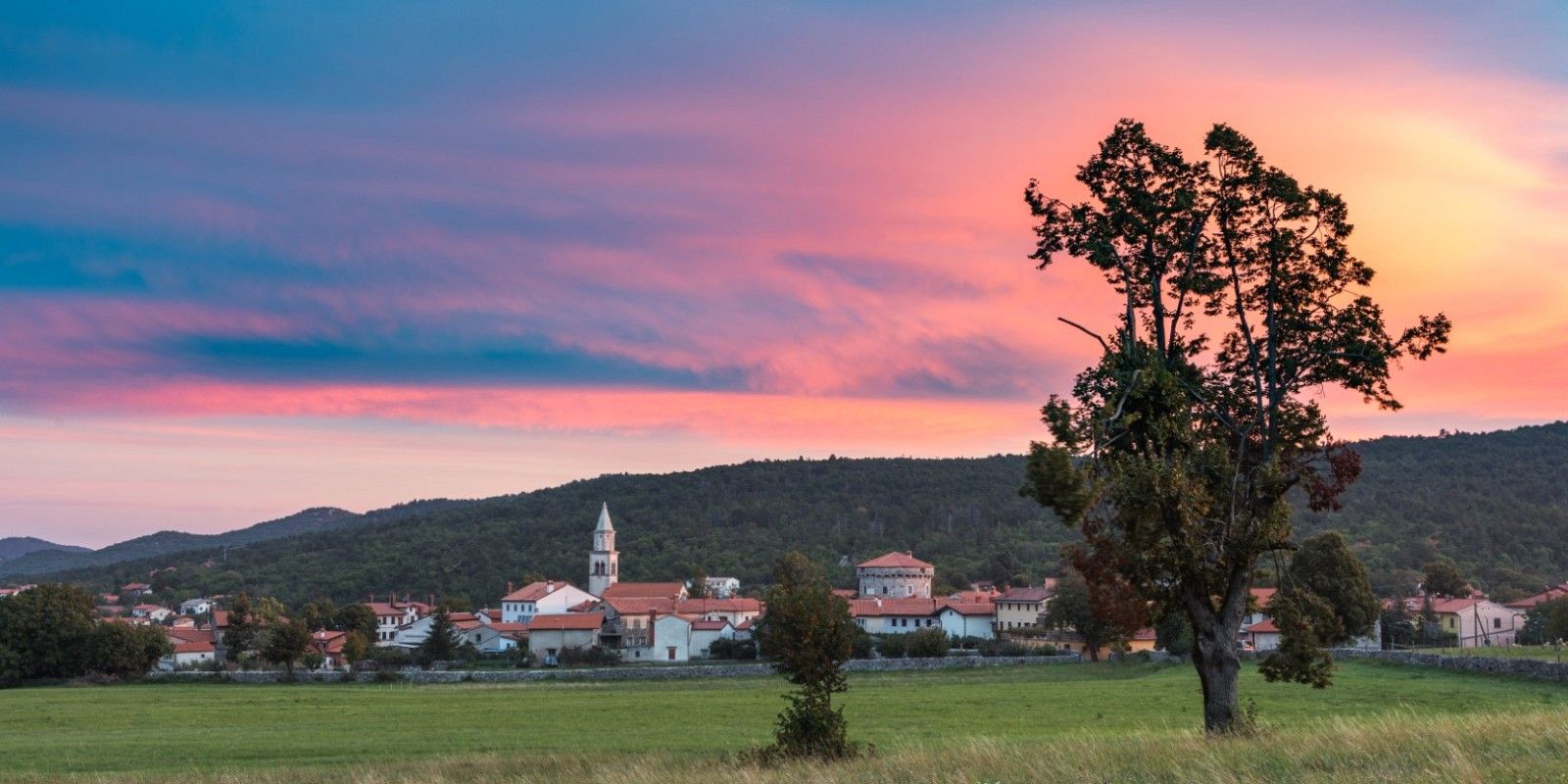Karst is a limestone plateau in Slovenia and parts of Italy, Croatia and Austria. It is characterized by unique geological features, including sinkholes, caves and underground rivers. The region is also known for its distinctive flora and fauna and rich cultural heritage.
The name of the area "Kars" was first described by Slovenian geographer, geologist and speleologist SV Valvasor at the end of the 17th century. The Karst region is also known for its wines, especially the Teran red wine. There are also many tourist attractions in the Karst, such as the Postojna Caves, the Škocjan Caves and the Lipica Stud Farm. The region is also home to numerous small towns and villages, each with its own unique history and cultural heritage.
Sežana is a town and municipality in the Slovenian coast, near the border with Italy. It is the administrative center of the Karst region and is known for its beautiful nature and rich cultural heritage. There are several churches in the town, including the 14th-century St. Margaret's Church and the 17th-century St. Martin's Church. The town also has a castle called Sežana Castle, which dates back to the 15th century. Sežana is also known for its wine-growing tradition and the nearby stud farm Lipica, which is the birthplace of the Lipizzaner horse.
Luxury villa Asaresidence – Utovlje (Sežana)
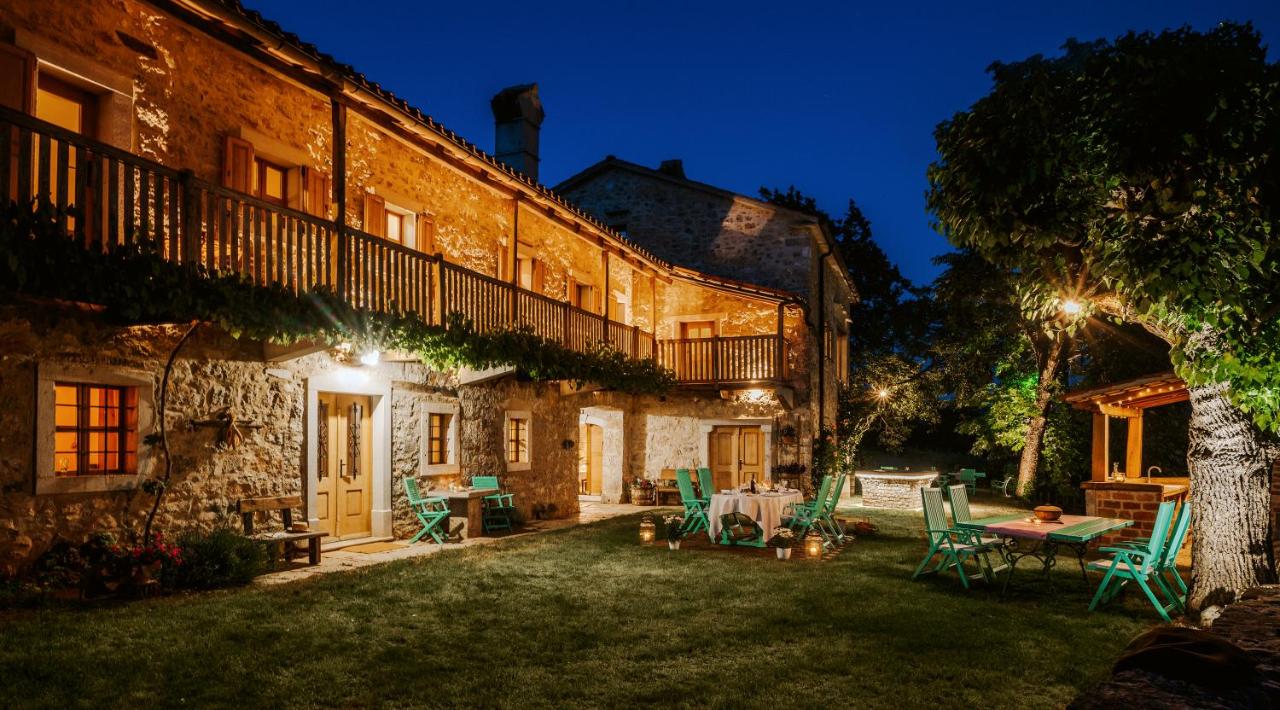
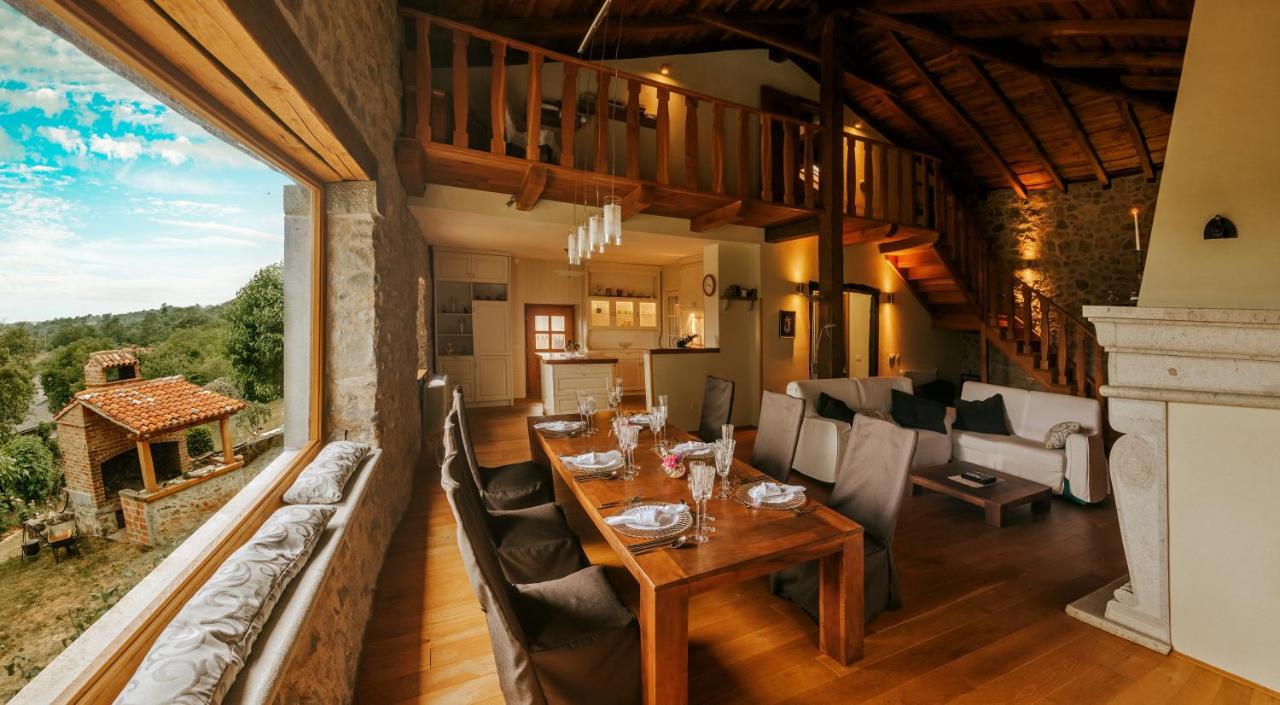
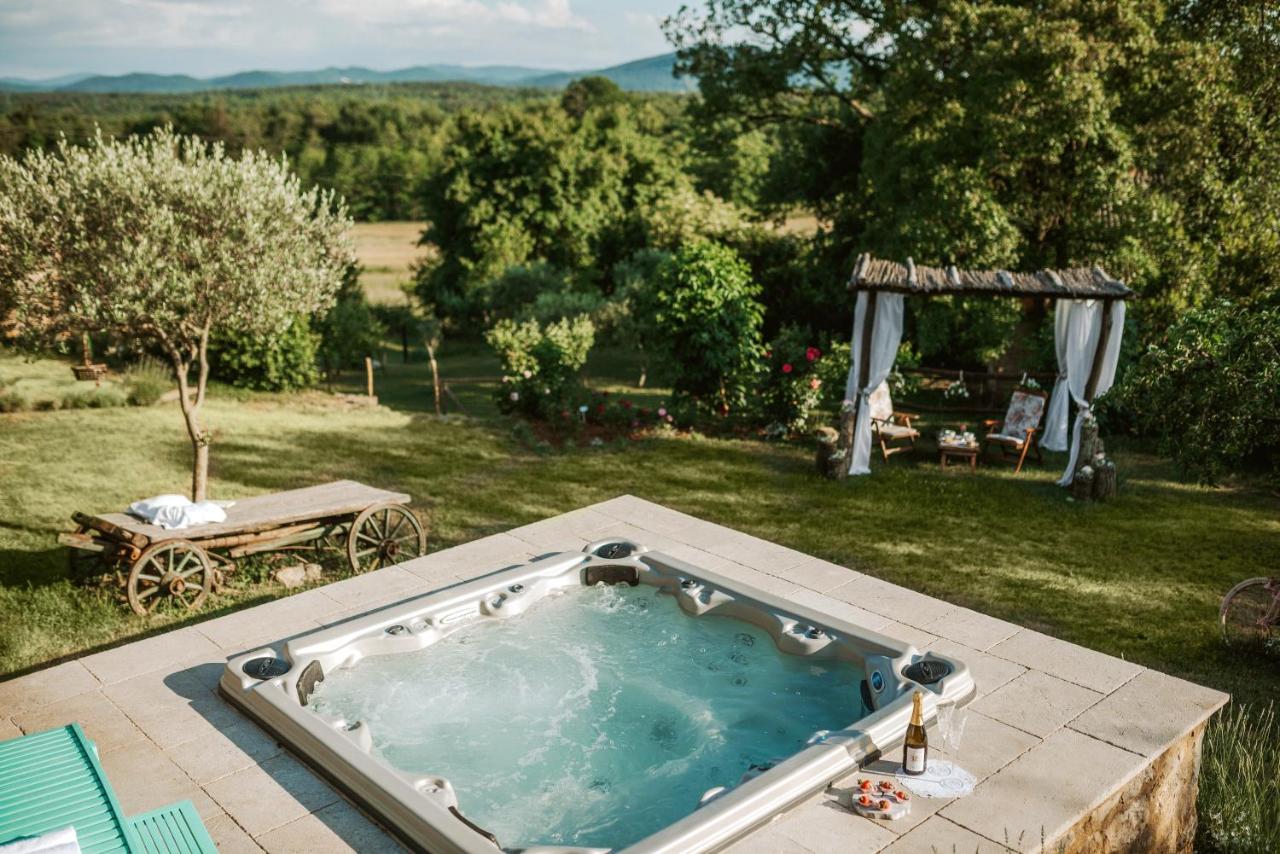
Kostanjevica on the Karst is a small town in western Slovenia, located on the Karst. It lies on the border with Italy and is known for its rich history and cultural heritage. The town is home to the Kostanjevica monastery, which is a Franciscan monastery from the 14th century. The monastery is known for its beautiful baroque architecture and art collection, which includes works by famous Slovenian painters such as Matej Sternen and Rihard Jakopič. The town also has the Kostanjevica castle from the 17th century. The castle is now used as a cultural center and exhibition space. The town is also known for its wine-growing tradition, especially for the red wine called teran. The city is surrounded by beautiful nature and is a popular destination for hiking, biking and other outdoor activities. It is also a good starting point for exploring the wider karst region with its many caves, underground rivers and other natural wonders.
Pool Villa Sistiana – Sela na Karst (Kostanjevica na Karst)
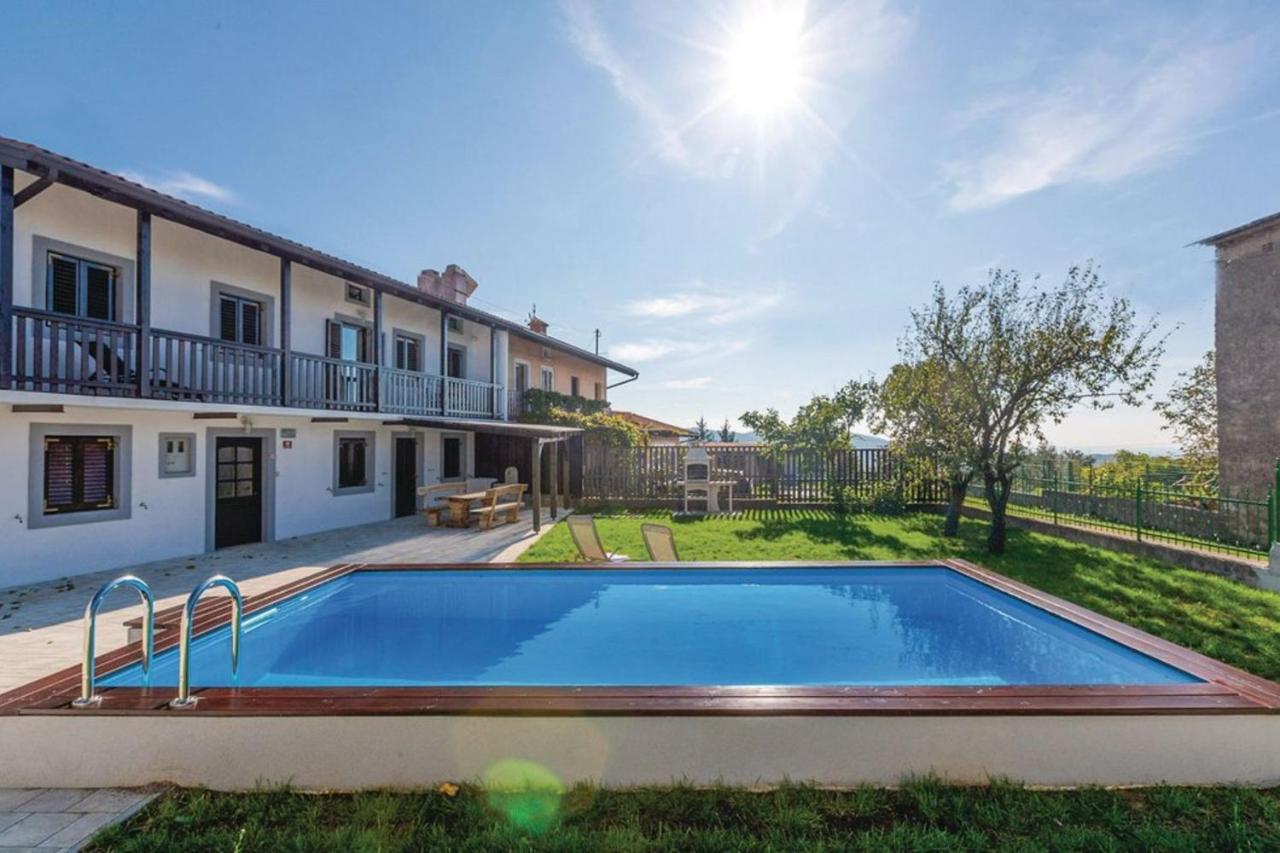 Dutovlje is a small village in Slovenia, located in the coastal region, near the border with Italy. It lies in the Karst region, which is known for its wine-growing tradition and beautiful scenery. The village is surrounded by vineyards and is home to several wineries producing wines such as pinot grigio, sauvignon blanc and the local specialty rebula.
Dutovlje is a small village in Slovenia, located in the coastal region, near the border with Italy. It lies in the Karst region, which is known for its wine-growing tradition and beautiful scenery. The village is surrounded by vineyards and is home to several wineries producing wines such as pinot grigio, sauvignon blanc and the local specialty rebula.
Dutovlje is also known for its cultural heritage and has several interesting sights, such as the 18th-century Church of St. Rok and the Dutovlje Manor, a baroque building from the 17th century. The village is also a good starting point for exploring the wider Vipava Valley and the nearby towns of Vipava and Nova Gorica.
Karst house Žan Pliskovica – Pliskovica (Dutovlje)
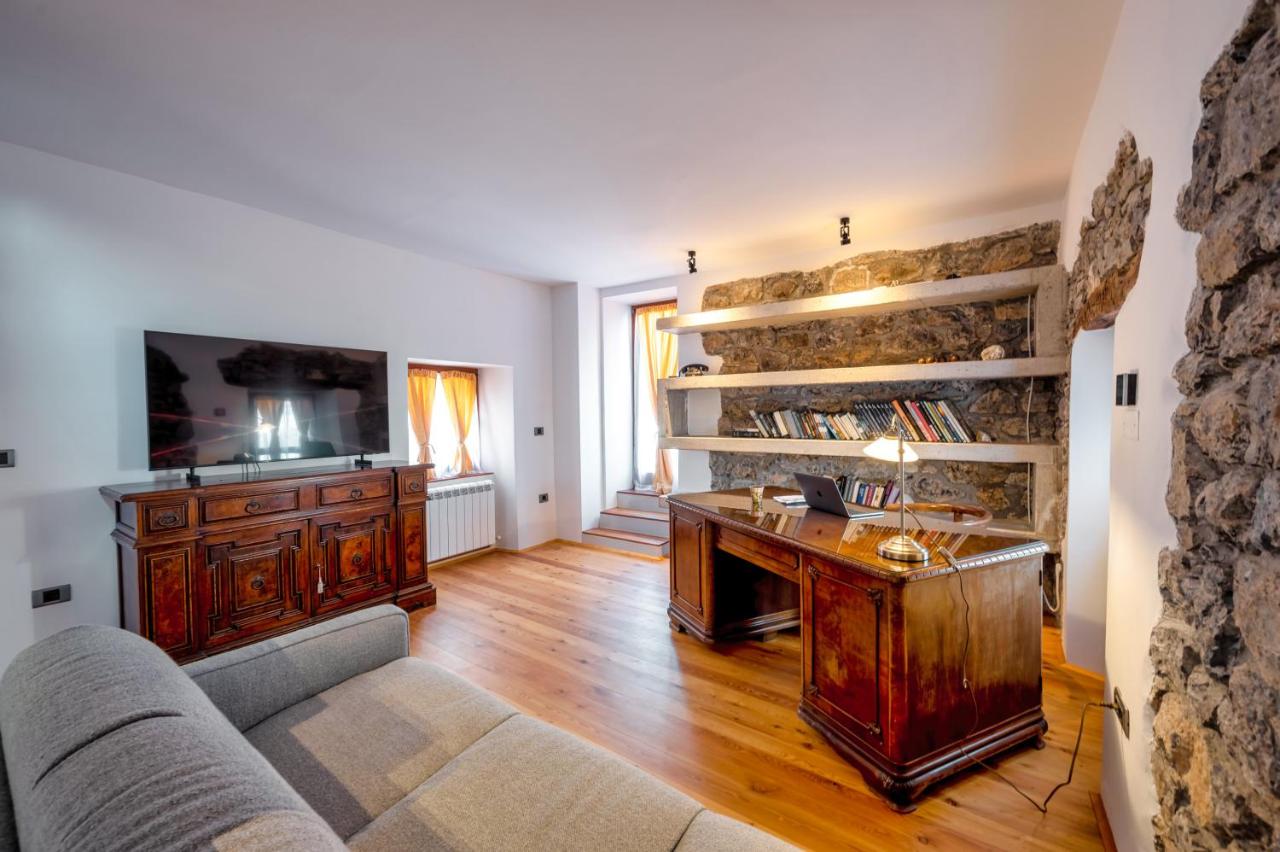
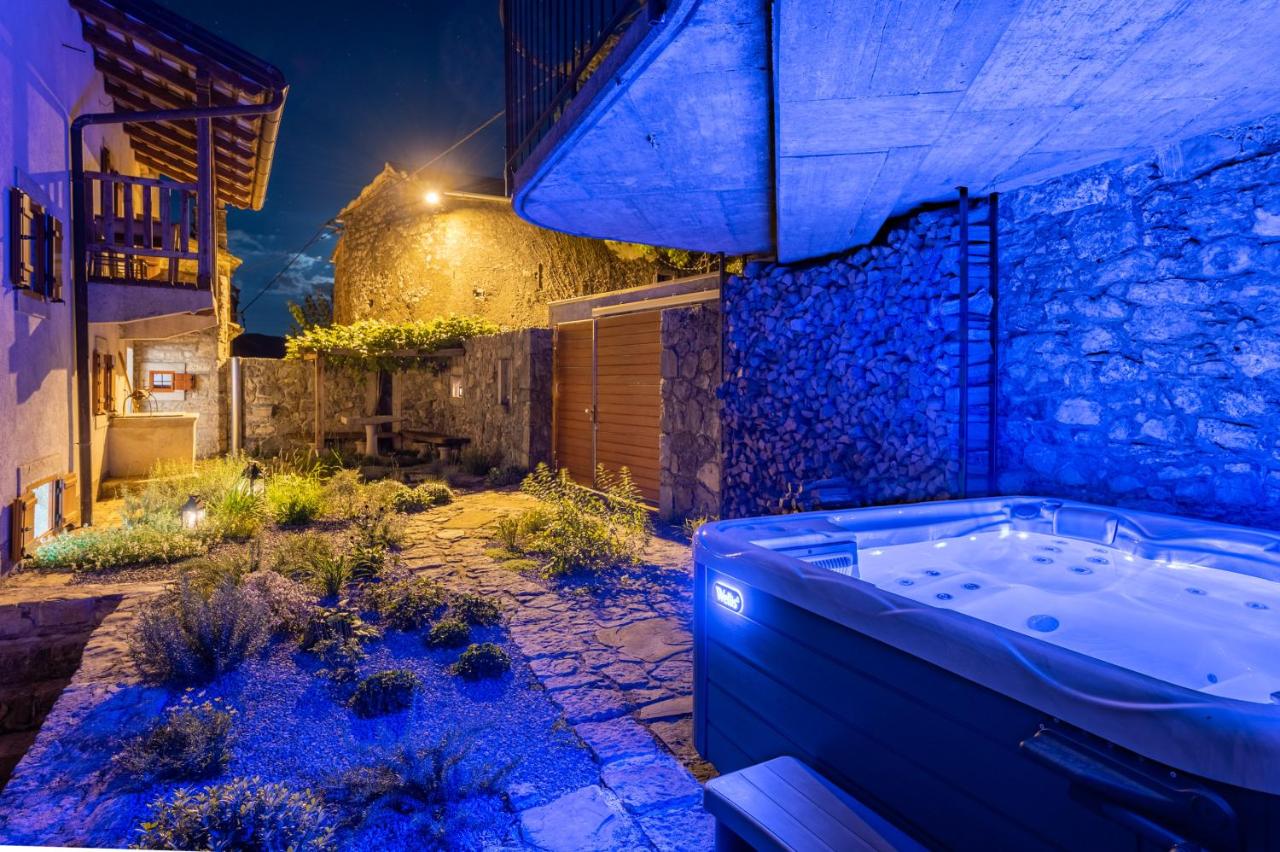 The Vipava Valley is a region in western Slovenia, located in the coastal region. The valley is known for its picturesque landscape, winemaking tradition and unique cultural heritage.
The Vipava Valley is a region in western Slovenia, located in the coastal region. The valley is known for its picturesque landscape, winemaking tradition and unique cultural heritage.
The valley lies between the Julian Alps and the Adriatic Sea and is known for its diverse microclimate and soil types, which allow the cultivation of a wide variety of grape varieties. The Vipava Valley is known mainly for white wines such as Pinot Grigio, Rebula and Malvasia, and red wines such as Merlot and Cabernet Sauvignon. There are many wineries and wineries in the valley, many of which are open to visitors for tastings and tours. The Vipava Valley is also known for its beautiful scenery and outdoor activities such as hiking, biking and climbing. There are many hiking trails in the valley that offer a wonderful view of the surrounding mountains and the sea. The valley is also home to many small towns and villages, each with its own unique history and cultural heritage, such as Ajdovščina, Vipava and Nova Gorica.
In addition, the Vipava Valley is rich in natural beauty and offers many opportunities for outdoor activities such as hiking, cycling and climbing, and is also known for its rich cultural heritage and unique folk customs.
House Artes – Pedrovo (Branik)
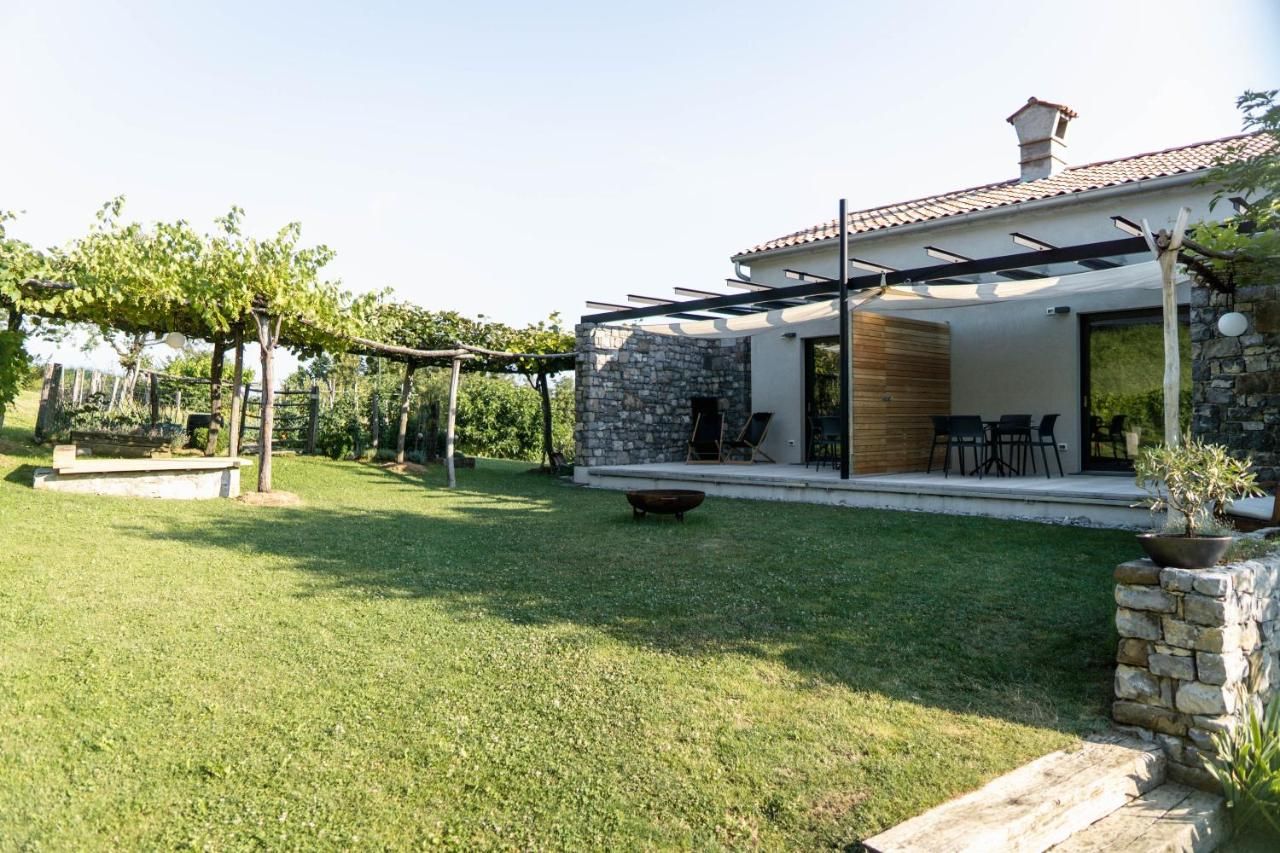
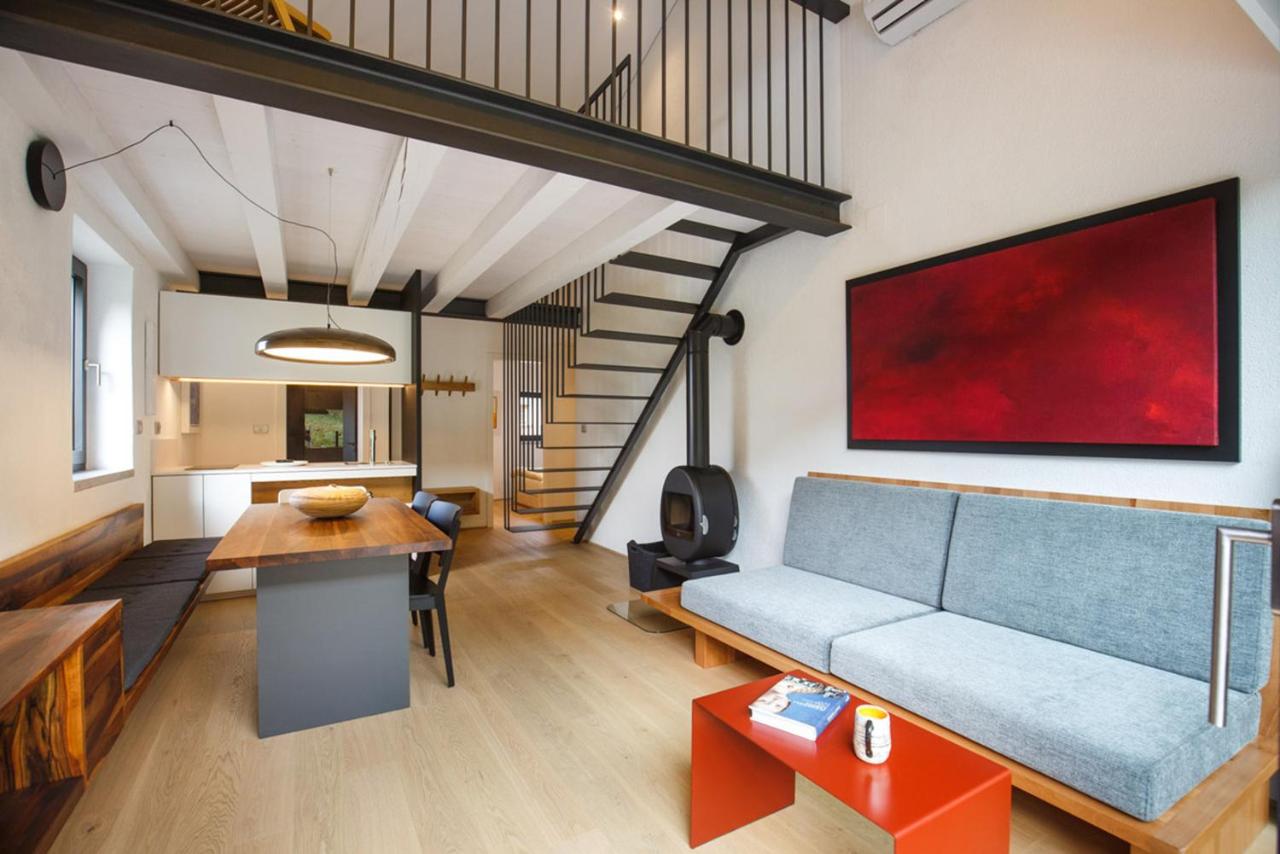 Comen is a small town on the Slovenian coast. It lies on the coast of the Gulf of Trieste and is known for its beautiful landscape and rich cultural heritage. There are several churches in the town, including the church of St. George from the 14th century and the church of St. Martin from the 17th century. The town also has Komen Castle from the 15th century. The castle is now used as a cultural center and exhibition space. Komen is also known for its winemaking tradition, especially for the white wine called Malvasia. The city is surrounded by beautiful nature and is a popular destination for hiking, biking and other outdoor activities. It is also a good starting point for exploring the wider Slovenian coast with many small towns and villages, each of which has its own unique history and cultural heritage.
Comen is a small town on the Slovenian coast. It lies on the coast of the Gulf of Trieste and is known for its beautiful landscape and rich cultural heritage. There are several churches in the town, including the church of St. George from the 14th century and the church of St. Martin from the 17th century. The town also has Komen Castle from the 15th century. The castle is now used as a cultural center and exhibition space. Komen is also known for its winemaking tradition, especially for the white wine called Malvasia. The city is surrounded by beautiful nature and is a popular destination for hiking, biking and other outdoor activities. It is also a good starting point for exploring the wider Slovenian coast with many small towns and villages, each of which has its own unique history and cultural heritage.
The Vipava Valley is a region in western Slovenia, located in the coastal region. The valley is known for its picturesque landscape, winemaking tradition and unique cultural heritage. The valley lies between the Julian Alps and the Adriatic Sea and is known for its diverse microclimate and soil types, which allow the cultivation of a wide variety of grape varieties.
Villa Friuli Karst – Škrbina (Komen)

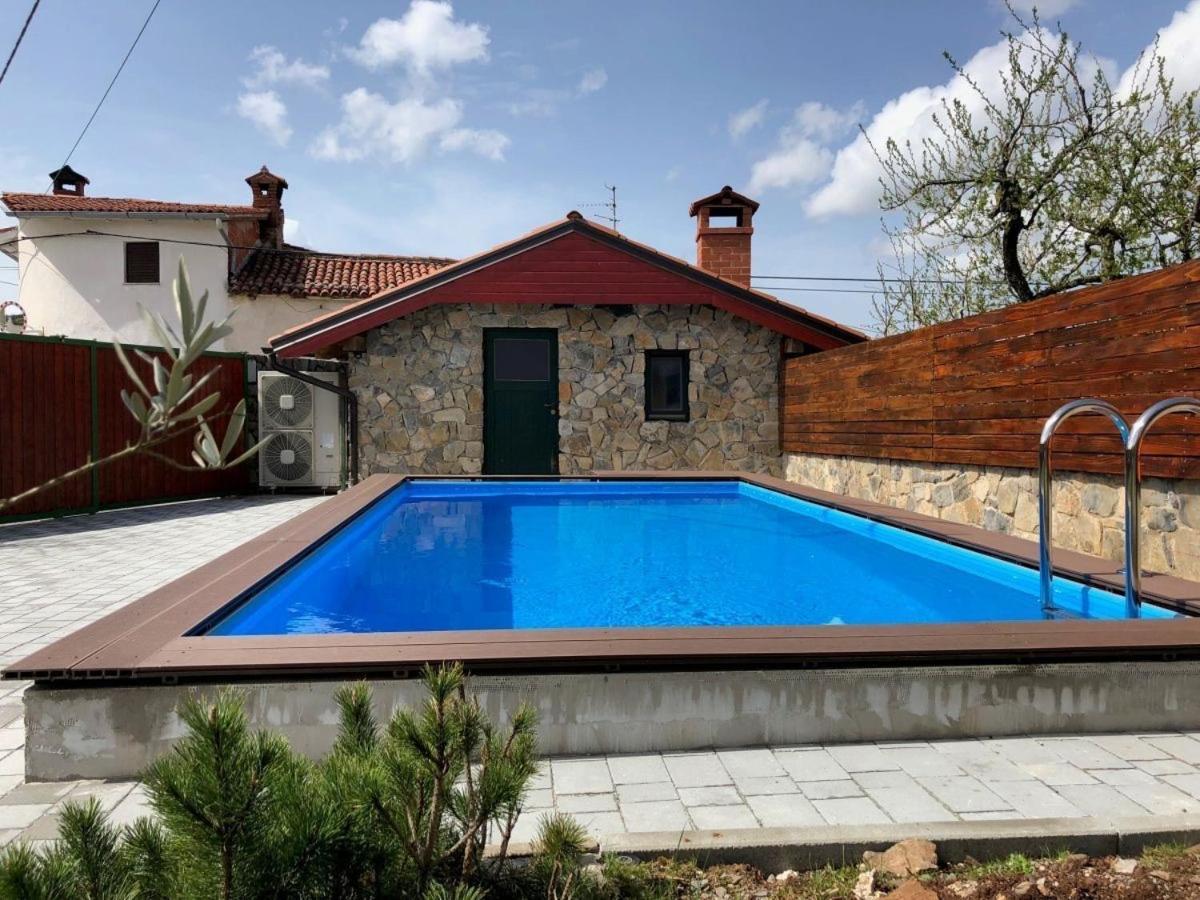 Some exceptional accommodations in the Karst where you will spend your unforgettable vacation:
Some exceptional accommodations in the Karst where you will spend your unforgettable vacation:
Luxury villa Asaresidence – Utovlje (Sežana)
Vila Sistiana – Sela na Karst (Kostanjevica na Karst)
Karst house Žan Pliskovica – Pliskovica (Dutovlje)
House Artes – Pedrovo (Branik)
Villa Friuli Karst – Škrbina (Komen)
